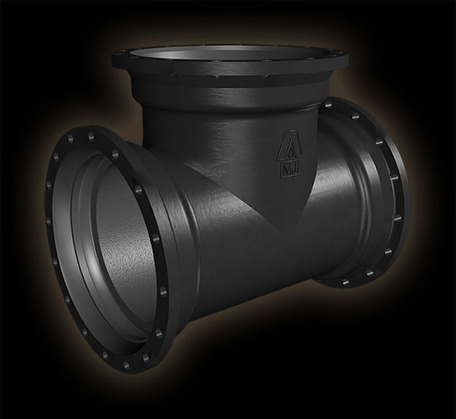In the intricate realm of engineering and machinery, the occurrence of mechanical component failures can be a perplexing and costly challenge. This exploration aims to demystify the underlying reasons behind why mechanical components fail, providing a profound understanding that goes beyond surface explanations. From material science to operational factors, we delve into the complexities to empower engineers and practitioners with insights for proactive mitigation strategies.
1. Material Fatigue and Degradation:
Mechanical components, subjected to repetitive stress cycles, are prone to material fatigue. Over time, this fatigue can lead to the degradation of materials, manifesting as cracks, fractures, or wear. Understanding the limits of materials and their fatigue life is crucial in preemptively addressing potential failures.
2. Corrosion and Environmental Influences:
Corrosion is a silent adversary that can undermine the integrity of mechanical components. Exposure to harsh environmental conditions, chemicals, or even moisture can accelerate corrosion processes. A comprehensive understanding of the material's corrosion resistance and the implementation of protective measures are essential to combat this threat.
3. Inadequate Lubrication and Wear:
Insufficient or improper lubrication is a common culprit behind mechanical failures. Friction-induced wear and tear can escalate without proper lubrication, leading to premature failure. Regular maintenance practices, including monitoring lubrication levels and choosing appropriate lubricants, are instrumental in preventing wear-related issues.
4. Improper Installation and Assembly:
Even the most robust components can succumb to failure if not installed or assembled correctly. Incorrect torque, misalignments, and poor assembly practices can introduce unnecessary stress, compromising the structural integrity of the components. Adhering to precise installation guidelines is paramount to mitigate risks associated with improper assembly.
5. Operational Overloading and Stress:
Operating mechanical components beyond their designated capacity is a recipe for failure. Overloading, whether intentional or inadvertent, places excessive stress on components, leading to deformation, fatigue, and eventual breakdown. Establishing clear operational limits and monitoring loads are critical aspects of preventing overloading-related failures.
6. Vibration and Resonance:
Vibration and resonance can induce dynamic stresses that, over time, contribute to fatigue and failure. Understanding the vibrational characteristics of a system and implementing damping or isolation measures can mitigate the impact of excessive vibrations, safeguarding mechanical components from premature deterioration.
7. Lack of Predictive Maintenance:
A reactive approach to maintenance increases the likelihood of unexpected failures. Embracing predictive maintenance strategies, such as condition monitoring and regular inspections, allows for the early detection of potential issues. This proactive stance empowers engineers to address problems before they escalate into critical failures.
Conclusion:
As we navigate the complex landscape of mechanical engineering, decoding the reasons behind component failures becomes paramount for sustainable and reliable systems. This exploration has peeled back the layers, shedding light on material fatigue, corrosion, lubrication, installation practices, operational stress, vibrations, and the importance of predictive maintenance. Armed with this knowledge, engineers can embark on a journey of proactive risk mitigation, ensuring the longevity and resilience of mechanical components in diverse applications.


